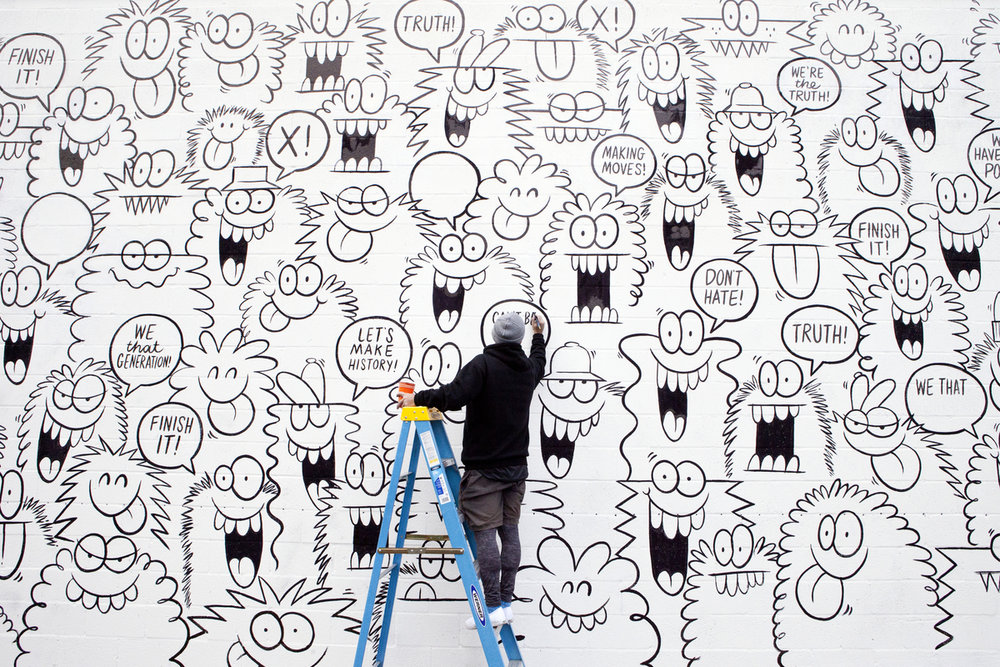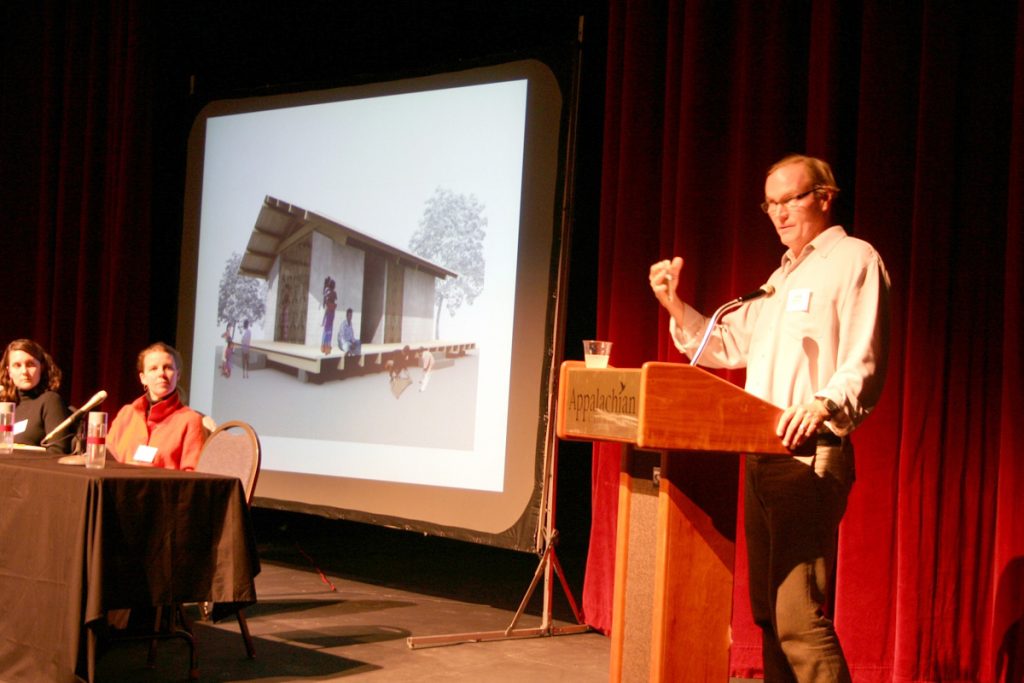The Designer as Moral Intermediary

The Role of the Designer as Moral Intermediary by Nick Gregory In Peter-Paul Verbeek’s “Materializing Morality: Design Ethics and Technological Mediation,” the author argues that designed technology shapes both the way that we interact with the world and the way that we perceive the world. He defines technological mediation as “the role of technology in […]
Design as a Vehicle for Social Change

Design Activism by Amanda Nguyen Like any citizen, all actions of a designer impact others and they must be professionally, culturally, and socially responsible for their impact. Victor Margolin, co-editor of Design Issues, suggests that in a world of emerging manufacturing technologies, communication networks, and global marketing structures, designers can affect social change by embracing […]
Public Interest Design in Transition

Public Interest Design in Transition by Lauren Krutchen “The human backside is a dimension architects seem to have forgotten,” said William H. Whyte, a well-known American urbanist (“William H. Whyte”). Whyte is describing how, historically, architects failed to include human perspective in their designs. However, Whyte, and a handful of other designers, realize that the […]
